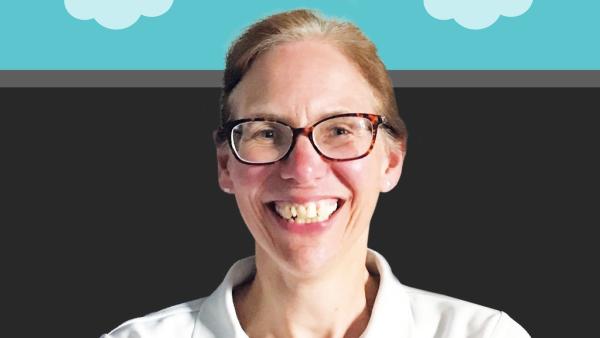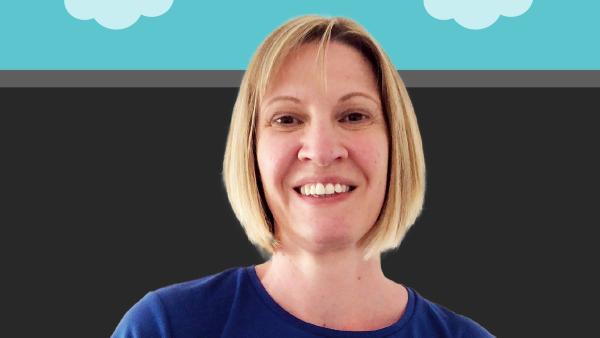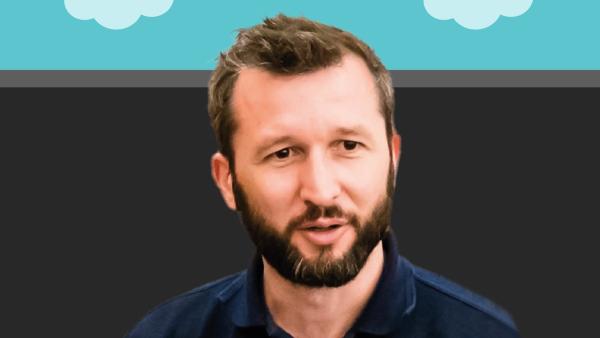CSP professional adviser Sara Conroy focuses on physiotherapists and their experiences as private practitioners striving to work collaboratively. Along with NHS colleagues we look to work across physiotherapy sectors and specialties whilst striving for our common goal of excellent patient care

Frontline asked last November ‘What if.’
What if we could better work together across physiotherapy sectors and specialties whilst striving for our common goal of excellent patient care? What if we all acknowledged others’ expertise whilst respecting the differences we all bring? What if we could build on all our learning and move forward as one profession?

Working in both the NHS and private practice, Judith Hayhow offers a unique perspective and is in the ideal position to view this from both sides. She sees many patients unhappy with what her hard working colleagues in the NHS are able to offer due to increasing pressures, wait times and the time constraints placed on them.
Many patients are seeking other options so they can get on with their life with less pain and disability. She sees more families seeking additional inpatient rehabilitation for their loved ones. The challenge she voices is:
‘How do we make collaborative working work for everyone; to ease the pressure on NHS services, provide patient-centered care and enable private therapists to work more closely in the multi-disciplinary team?’
The change she says must start with us. She asks whether we are all adding to the divide by holding onto pre-conceived ideas about one sector as compared to another. Patients who do choose to seek private therapy are faced with the challenge of navigating the private world. Should more information on alternatives be given at the point of referral? Would this ease the pressure on the NHS or pressurise the patient to pay? Judith believes that the status quo it is not sustainable, for either sector.
Collaboration is the only way forward. Judith says we must learn to respect the benefits of each other. If we can overcome the practicalities and attitudes, we can promote the best practices from both sectors while keeping the patient at the heart.
Judith thinks the possibilities are exciting: ‘We can work to shape a world where patients receive the rehabilitation they need while therapists are free to support each other in doing what we do best, enabling patients to get back to doing the things they love, with job satisfaction for all of us.’
Lorna Saunders worked in the NHS for 15 years before setting up an independent physiotherapy company specialising in paediatric and adult neuro-rehabilitation. She works closely with the NHS and sees many great examples of collaborative working as well as some challenges.
Lorna shares her story of a young boy with cerebral palsy who attends a special needs school. The school has a fantastic NHS physiotherapy service who are able to offer regular physiotherapy during term time. She has no need to visit the little boy.

She does however provide physiotherapy in the boy’s home in the holidays and liaises closely with the NHS physiotherapy on treatment goals and ongoing management. They do joint treatment sessions when needed and she is invited to MDT meetings; the boy’s family know the physiotherapists, from the different sectors, who act as one.
How can we help make this example become the norm?
One of the biggest challenges Lorna faces is access to information such as case notes and clinic letters. Another is one of perceptions: they don’t have more time – all physiotherapists have 24 hours in their day – and private physiotherapists do not over treat, they give the patient the treatment that they need.
Children with special needs have an education health care plan which legally should be written to state what the child needs, not what the service can provide. Lorna views these as a huge step forward; however, staff are often reluctant to define what is needed if they know they can’t provide it.
Lorna believes that families must be made aware that not all rehabilitation needs can be provided by the NHS. Families may choose to use their allowances such personal independent payments to supplement their NHS physiotherapy if required.
NHS physiotherapists can help by encouraging the inclusion of private therapists in all correspondence and in MDT meetings.
Know that you can write in a report ‘the child needs this and I can provide that’ – be open and be transparent. She asks, ‘let us help, where a patient can afford to supplement their care, work with us. We are not a threat.’
Kenny Thoms spent many years in the NHS. He was curious to see just how far some patients could progress with more

intensive and long-lasting interventions, and he was also keen to add some flexibility to his home and family life. Starting a private neuro-rehab service seemed a good fit.
Kenny reflects on a recent experience with a patient who spent four months in hospital following a stroke. She was discharged to supported accommodation where she received four sessions of NHS physiotherapy treatments over a two-month period. On discharge she was told there was no hope of further improvement, that she had plateaued, and that she would be reliant on equipment to transfer for the rest of her life.
Kenny acknowledges that what the patient received was of a high quality and, given the available resource, a rational and considered decision was made to prioritise appropriately and stop input. He recognises that difficult decisions had to be made. Was it right to tell this patient she had no hope of progressing further? Kenny asks:
‘Where service restraints mean slow stream rehabilitation is not possible, are we not better to acknowledge these service limitations openly and signpost to other potential opportunities?’
Kenny saw this patient once or twice a week for the next nine months. She can now walk independently holding onto a rail, do a stand/swivel transfer and her family report improved motivation and mental alertness. She may not progress to walking unaided but she enjoys trying; it makes her feel engaged and hopeful.
He believes that giving patients and families clear and honest information is the key. This allows families to make well-informed choices about future therapy.
This example highlights the potential risk of inadvertently linking available resource with rehabilitation potential. There is a need for open and transparent discussion around the drivers for our professional opinions. When we share our judgements that someone has reached their potential or plateaued, are these based on objective assessment, the evidence base and our experience; or are they skewed by what is possible within a scarce NHS resource?
Number of subscribers: 7




































